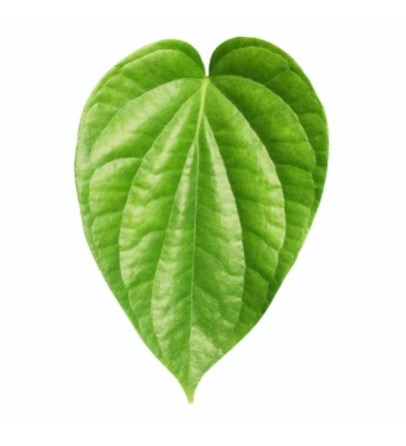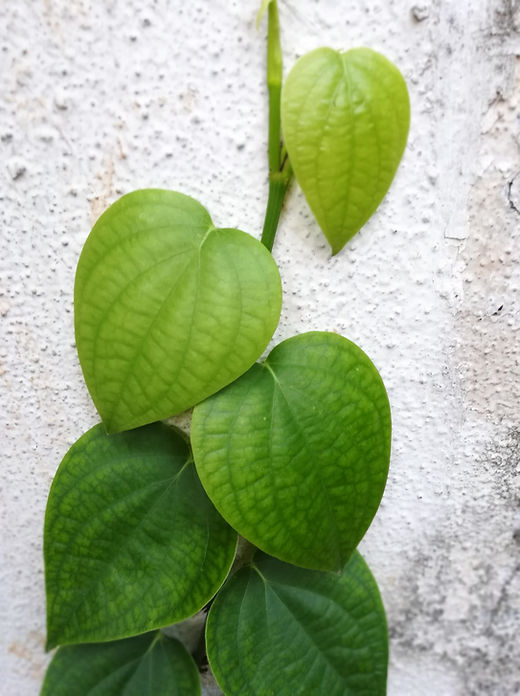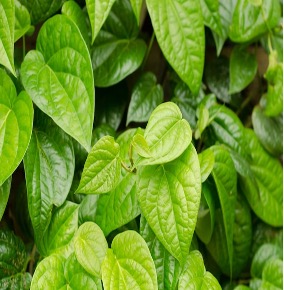HERBAL GARDEN
Vivek college of Ayurvedic Sciences & Hospital Bijnor UP
पान



Classification
Synoyms
Tambula (Sanskrit)
Nagavalli
Vettila (Malayalam)
Vilya / Tamboolam (Ayurvedic texts)
Habit
Perennial, evergreen, climbing vine.
Habitat
Native to Southeast Asia. Extensively cultivated in India, Sri Lanka, Thailand, and Malaysia. Grows well in hot, humid climates with partial shade.
Morphology
- Leaves: Heart-shaped, glossy, green, aromatic
- Stem: Slender, green to purplish, rooting at nodes
- Flowers: Tiny, unisexual, arranged on slender spikes
- Fruits: Rarely formed under cultivation
Chemical Composition
Essential oils (chavicol, eugenol, carvacrol)
Tannins
Alkaloids
Terpenes
Flavonoids
Polyphenols
Steroids
Guna-Karma
Rasa-Katu (pungent), Tikta (bitter)
Guna- Laghu (light), Tikshna (sharp), Ruksha (dry)
Virya- Ushna (hot)
Vipaka- Katu (pungent)
Karma- Deepana
, Rochana
, Krimighna
, Shothahara
, Mukharochaka
Doshakarma- Pacifies Vata and Kapha
Medicinal uses
Improves digestion and relieves constipation
•
Used in oral disorders and bad breath
Acts as a carminative and mild stimulant
Effective in treating cough, cold, and throat irritation
Antiseptic and wound-healing properties
Used traditionally as aphrodisiac and in mouth fresheners
Chewing with other herbs (e.g., cardamom, clove) enhances its effect
Useful Part
Leaves
Doses
Leaf juice: 10–15 ml
Fresh leaves (for chewing): 1–2 leaves
Powdered leaf: 1–2 g
Important Formulation
Tambula Patra Churna
Paan Patra Swarasa
Shloka
तम्बूलं कटुकं रुक्षं च, शीतं तिक्तं स्निग्धवीर्यकम्।
मधुरविपाकं शोणितं च, दीपनं कासश्वासहरम्॥
Hindi Name
पान (Paan)
English Name
Betel Leaf
Botanical Name
Piper betel
Family
Piperaceae